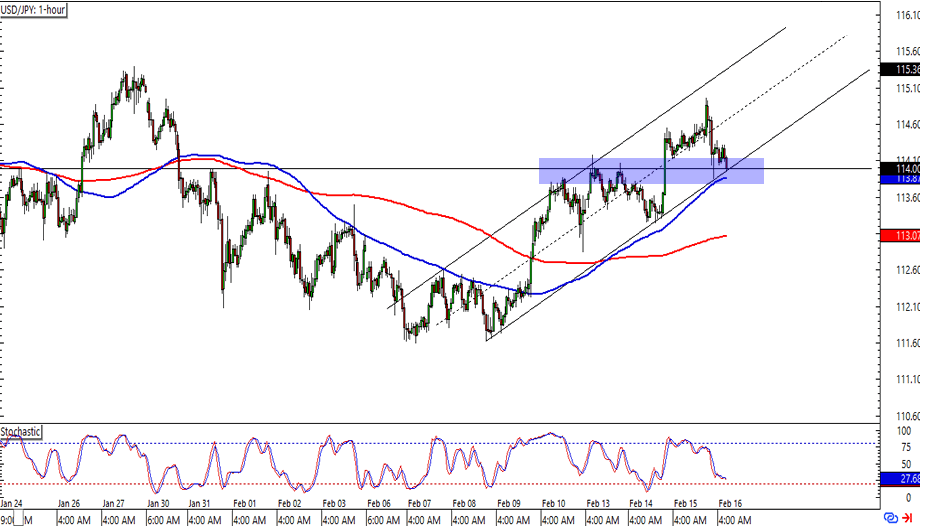Daily Insights Report 16/02/17
- 31 Mar 2017
16 Feb 2017
Australia’s unemployment rate fell to 5.7% in January from 5.8% in December. Markets predicted that unemployment would remain at 5.8%. The labor force participation rate (labor force/adult population) fell slightly and the number of unemployed people decreased by 13,500. Compared to last year, the Australian labor market has performed better.

Looking at nationwide data, Australia’s labor market is performing well. However within the country there are problems that should be understood. The country actually lost 44,800 full time jobs, but the part-time sector managed to hire 58,300 new people. Western Australia is struggling with the decline of the mining industry. At the same time, the housing market is also weak in this area. On the contrary, New South Wales and Victoria have seen a strong growth in employment because of the demand for labor from the service sector.
Evidence of inflation in the US staying relatively stable gives the idea that the US will need an interest rate hike before the fiscal policy changes are made. The market now gives a 42% probability that interest rates will rise in March (survey conducted by Bloomberg). The Dollar Index fell 0.3%, and many currencies saw a gain against the Dollar. Most notably, the South Korean Won (gain of 0.4%).
– The Yen rose 0.3% to 113.84 per Dollar, after ending a 0.9% decline for the currency which occurred on Wednesday.
Commodities
– Recent data showed that US crude stockpiles rose for a sixth consecutive week. Crude inventories of this level have not been seen in the US economy since 1982. Brent crude is trading around $55.75 a barrel, which is down 0.1% after falling 0.4% on Wednesday. West Texas Intermediate (WTI) crude is also down 0.1%, but fell 0.2% on Wednesday. It is currently trading around $53.06.
– Because of the Dollar falling slightly, gold has climbed for a third consecutive day. It gained 0.2% to reach $1,236.24 an ounce.
United States Dollar (USD)
Housing Starts and Building Permits (January)
The forecast for this data is 1.23 million starts and 1.23 million permits. Because Housing starts is a lagging indicator of building permits, we can expect housing starts to grow faster than building permits in the near future. On a yearly basis, permits rose 20% compared with that of the previous year. At the beginning of 2016, the level for this was very low. Since this year has started in a positive area for building permits and housing starts, there is a chance that the housing market may grow at 8% this year, which is an embodiment of a healthy housing boom.
Technical Analysis
USDJPY
The Dollar has started to climb again in today’s trading session. Looking at the 1-hour graph below, there is a corridor that the currency is fluctuating in. Since both currencies have had a relatively rocky recent trading period, the moving averages are have not moved towards a convergence to each other. Stochastic data shows that the currency pair is nearly in the oversold territory. The Dollar has shown to gain for a few days at a time, before an event that puts it to a halt. This may be the similar fate this time.

The USD may gain some further traction because of investors believing that the likelihood of an interest rate hike is will happen sooner. Following the release of housing data that should show a housing market, it is likely that the USD will appreciate against the Yen, and so it would be a good time to set up a position for this.

